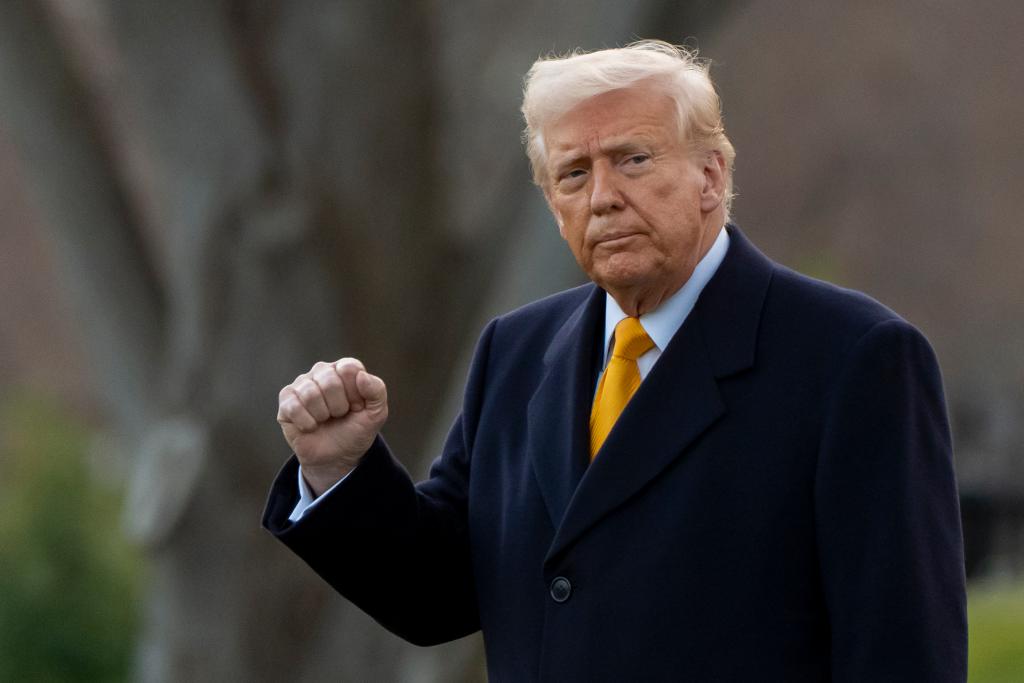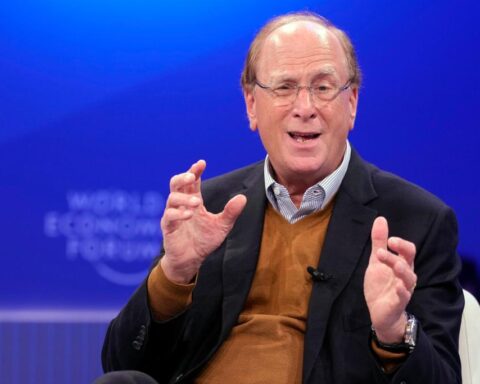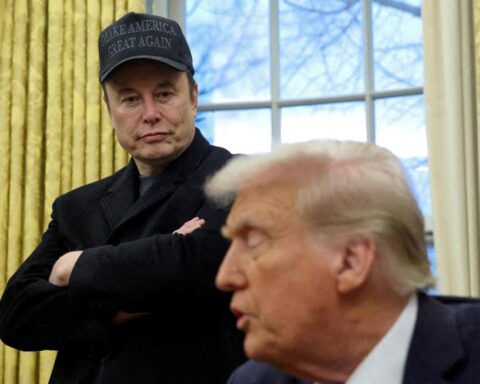While the Markets Panic, Trump’s Economic Reforms Are Paving the Way for Long-Term Stability and Growth
In recent weeks, Wall Street has been in a tailspin. With each new pronouncement from Donald Trump, especially those involving tariffs, the sell buttons are being hammered down, and the markets are suffering their worst losses in years. The investor class, accustomed to years of fiscal excess and unchecked government intervention, is visibly distressed. The media and financial analysts are screaming about impending doom, with some suggesting that a simple trade tariff could lead to a market meltdown and economic catastrophe.
Yet, those with a deeper understanding of the economic landscape know that these fears may be overblown. While tariffs—like those proposed by Trump—certainly add short-term pain to the equation, they are just one piece of a broader strategy that aims to rebalance the U.S. economy for long-term prosperity. It’s about much more than tariffs. It’s about tax cuts, deregulation, and reducing the excessive governmental footprint in the economy. Trump’s vision is clear: unleash the entrepreneurial energy of the American private sector, roll back the regulatory red tape, and pave the way for self-sustaining economic growth.
The Heroin of Government Spending
If you’re looking for a way to understand what’s happening right now, think of the U.S. economy as a junkie trying to detox from a long addiction. For decades, the economy has been hooked on the heroin of government spending—both monetary and fiscal. These stimulants were handed out in staggering amounts, leading to record-high deficits, even as the country saw low unemployment and modest economic growth. The result? A huge disconnect between the true state of the economy and the inflated numbers that came with reckless spending.
The Trump administration inherited a tough situation. It wasn’t just about reversing the course of the previous administration’s excessive fiscal policies. It was about correcting years of bad habits. The pandemic era, marked by massive stimulus packages, pushed the country further into debt—$2 trillion deficits despite a growing economy. While the markets temporarily flourished, the working class, who weren’t invested in inflated financial assets like stocks, felt the weight of rising inflation and the stinging cost of basic goods. This, more than anything else, became the catalyst for a shift in political and economic priorities.
The Price of Correction
Removing this government “heroin” is not easy, and like any addict in withdrawal, the economy is feeling the tremors. Trump’s proposed tax cuts, deregulation, and emphasis on trade policies are all part of a long-term detox plan. The results, while uncomfortable, are necessary to steer the country away from its fiscal excesses. The Trump administration has to take the painful steps of rebalancing the budget, reducing the influence of government in the private sector, and curbing the trade imbalances that have been growing for decades.
Tariffs are just a symptom of the problem. Countries like China, which have taken advantage of the U.S. for years by stealing intellectual property and undercutting American manufacturers, and Mexico, which exports everything from cars to migrants, have contributed to the massive trade deficits the country faces. It’s a toxic cycle that Trump has vowed to break—though it comes with temporary economic side effects. The pain in the stock market reflects this necessary realignment, and financial analysts too narrowly focused on short-term losses may fail to see the bigger picture.

The Real Problem: A Market Propped Up by a Few
If anything, what we are witnessing in the stock market right now was inevitable. For years, the market indices were being fueled by a small handful of companies, many of them tech- and AI-related, whose astronomical valuations were unsustainable. A correction was always on the horizon, and the economic pain Trump’s policies are inflicting simply provided the catalyst for what was bound to happen.
The market’s current struggles should not be mistaken for a reflection of the broader economy’s health. Yes, short-term pain is real, but the long-term economic vision that Trump is pushing could lead to a rebalancing of the U.S. economy—a more self-sustaining, entrepreneurial-driven growth cycle that is less dependent on the whims of government stimulus.
The Takeaway: Don’t Panic, Stay Focused on the Bigger Picture
While the immediate market volatility may seem daunting, it’s crucial for investors and the public to step back and look at the long-term implications of Trump’s economic strategy. This isn’t about tariffs causing an economic collapse—it’s about removing the addiction to government spending and creating a more resilient, dynamic economy.
The road to recovery may be uncomfortable, but if history teaches us anything, it’s that the real economy is poised for growth. The stock market will eventually follow suit once the correction has run its course. For now, it’s best to keep an eye on the broader economic fundamentals and recognize that the pain Wall Street feels today is just part of the detox process.
In the end, Trump’s economic plan, though painful in the short term, holds the potential to deliver a healthier, more sustainable economy in the long run. It may not be easy, but it’s a necessary step in breaking free from years of fiscal dependency and moving towards a more self-reliant, entrepreneurial-driven future.















